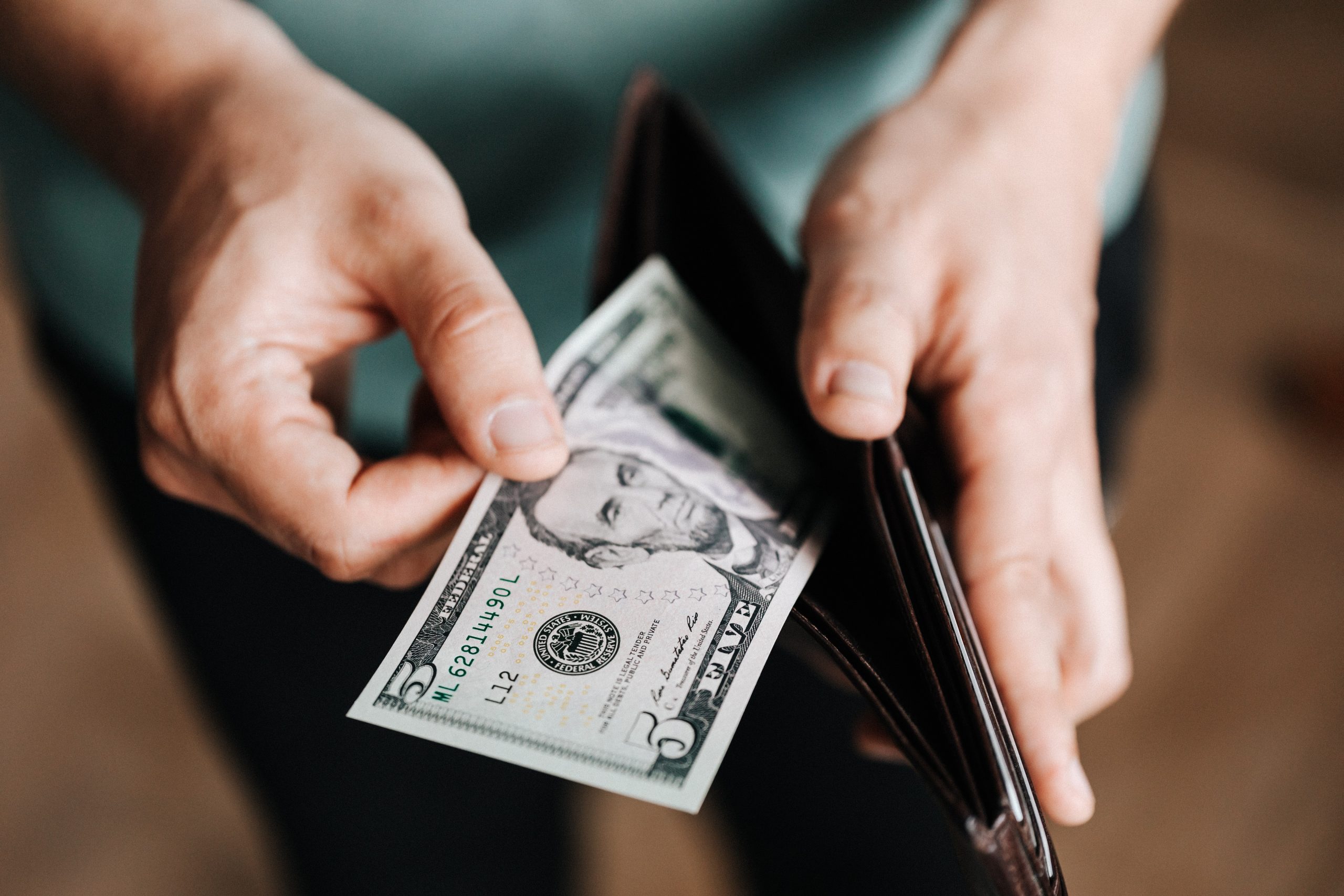Money laundering has always been a problem facing modern society, perhaps more now than ever before, but while you may have heard of the crime, what actually is money laundering? What are some examples of it in action? For clarity, today, we’re going to explore some prime case studies of what money laundering is, so you know what to look out for yourself.
- Real Estate Laundering
A very common type of money laundering which is used to launder large amounts of cash. What a criminal does is takes the money they have made from illegal methods and purchases a property with it. The property is then quickly sold on, making legitimate money in the process, and thus the money has been laundered. The criminal money goes in and is basically swapped out for legal money.
Of course, you’re probably thinking, well, surely all the transactions are monitored and recorded, and names of buyers are trackable. While true, criminals will usually purchase properties using anonymous trusts or companies that mask their identity.
- Smurfing
When answering the question ‘what is money laundering,’ what most people will answer with is the smurfing kind. This is where a larger sum of money is broken down into smaller chunks. This is then spent here, there, and everywhere like normal money. Since the amounts of cash are so small, it’s barely noticeable, especially if it’s spent on disposable objects, like fuel and food.
Smurfing used to be possible by taking the smaller chunks and then depositing them into the bank. Because people weren’t depositing millions, it was barely noticeable, but in more recent years, banks and online payment systems now have checks in place that can detect when this kind of thing is happening automatically, and so it’s slowly being phased out of possibility.
3. Casino Laundering
Another commonplace form of laundering, and while it’s been cracked down a lot over the years, it’s insanely difficult to tackle. Casino laundering is where people will go into a casino and buy chips with their illegal cash, meaning there’s no paper trail. They may play a few games of sorts, and when they cash their chips back in, they have legitimate cash.
This can seem like a very legitimate way of laundering money, which is hard to pinpoint when it’s occurring. Of course, suspicious activity may alert authorities, especially since the law and casinos are on the lookout for it. For example, going into a casino regularly or buying large volumes of chips with cash can be suspicious. If a criminal is caught on CCTV as well and the casino flags the activity, there is also proof. However, if the casino is owned by a criminal, then this can be just as hard to track.
Summary
These are just three of the main textbook examples out there of how money laundering can take place, and it’s important to note there are so many others out there. Whether you’re running a business and protecting yourself from money laundering activities, it’s important to keep your eyes open and look out for suspicious activity.






